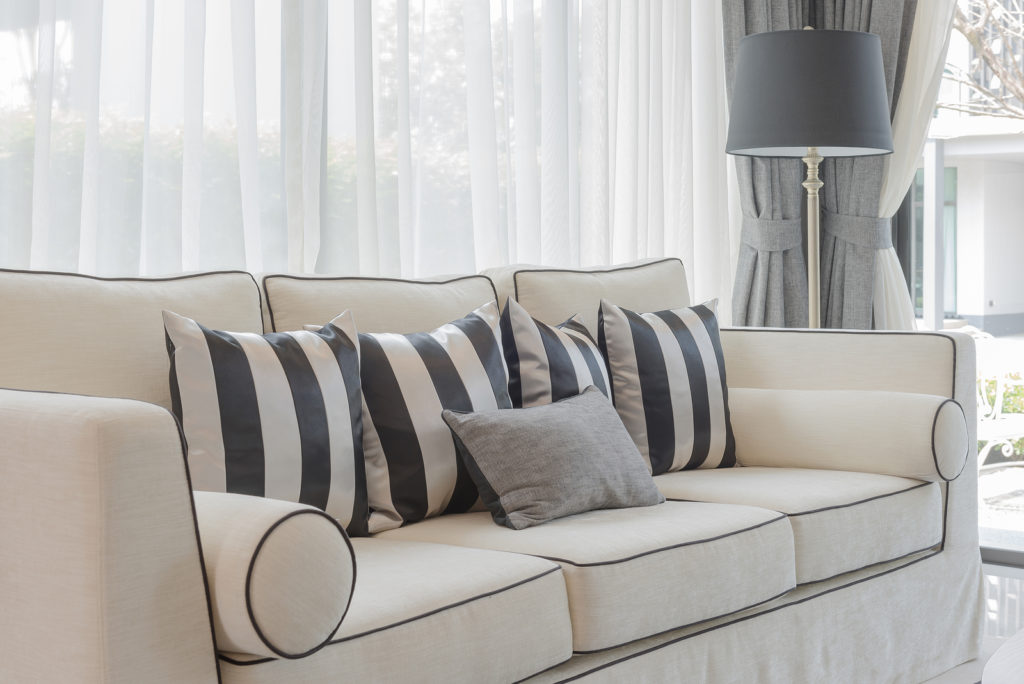
What’s better than a late afternoon nap on your favorite sofa? What’s more enjoyable than reading a great book while snuggled in an overstuffed chair? Whether you are spending some quiet time alone or watching the big game with the whole gang, soft, comfortable upholstered furniture is usually the seating of choice.
Look under the cushions of a typical piece of upholstered furniture and you will usually find one or more tags. You probably don’t give them much thought but understanding one of them may save you hundreds or even thousands of dollars.
As with everything else in your home, upholstered furniture requires proper care and cleaning. Pollution, allergens, dander, sweat and body oils stick to fabric and spots and spills do happen. It’s best to clean these fabrics before the soil builds up and spots become permanent stains.
Fortunately, most upholstered furniture will have a tag* containing cleaning recommendations. As part of this tag you will find a cleaning code.
*Note that these tags and codes are a guide to assist you in spot cleaning only. Overall cleaning should be left to the professionals. According to the Institute of Inspection Cleaning and Restoration Certification (IICRC), professional cleaning should be done every 12-24 months.
Many types of fabric are used to upholster furniture. Fabrics are made from a variety of fibers including cotton, polyester, silk, rayon, nylon, polypropylene, acetate, acrylic, wool and blends thereof. Each fiber is different and has its own unique characteristics, which include how they can be safely cleaned.
A cleaning agent that works great on one fabric may produce disastrous damage to another. Damage of this kind is usually not able to be corrected.
The cleaning recommendations tag is designed to help choose the right cleaning and spotting methods to avoid damage. Regardless of what the cleaning label states, test all cleaners in an inconspicuous area first.
Here are the cleaning codes and their meanings:
W – Spot clean only with water-based shampoo or foam upholstery cleaner. Do not over wet. DO NOT USE SOLVENTS.
S – Spot clean only with a water-free dry cleaning solvent. Pretest a small, inconspicuous area before proceeding. Do not saturate. DO NOT USE WATER.
WS or SW – Spot clean with upholstery shampoo, foam from a mild detergent, or dry cleaning solvent.
X – Clean only by vacuuming or light brushing with a non-metallic, bristle brush. DO NOT USE ANY WATER- OR SOLVENT-BASED CLEANER.
When cleaning a spill, blot immediately to remove spilled material. Apply spotters sparingly so as not to over wet the spot. When cleaning spots or stains, work from the outside edge of the spot toward to the middle. This helps prevent spreading the spot.
Professional cleaners will take the time to identify the safest and most effective method to clean your furnishings without risk of changing the color, texture or finish. As a final step, they may also recommend refreshing the fabric protector to help maintain the beauty of your upholstery for many years.
When your upholstery requires a full cleaning, call Janssen’s 818.249.1175
